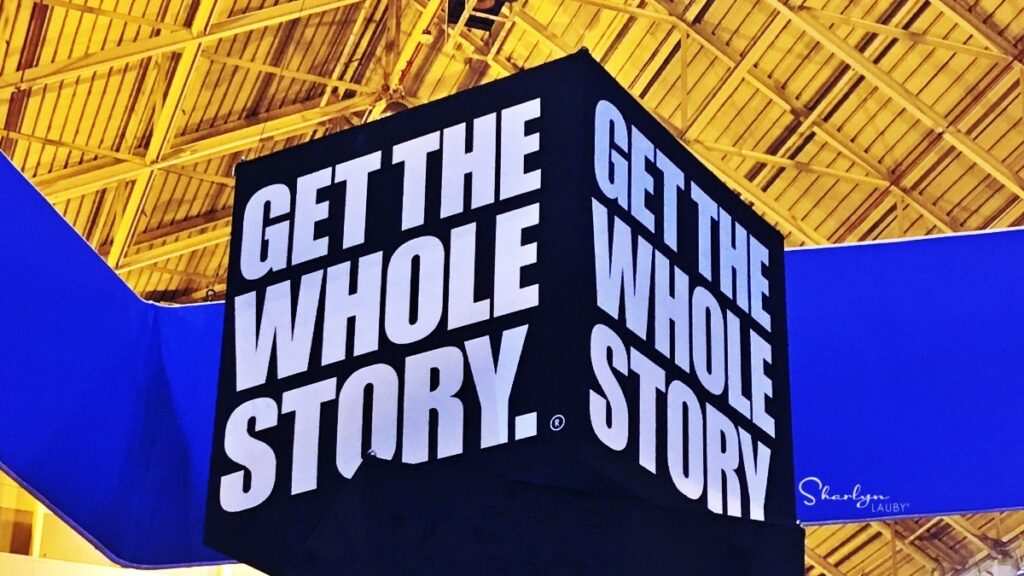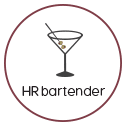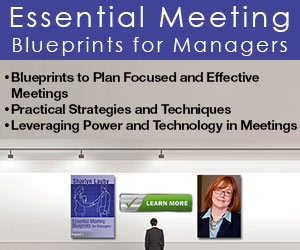Estimated reading time: 3 minutes
Many organizations like using all employee meetings to convey information. It allows the company to make sure that everyone hears the same message. Often during these meetings, senior management will want to give employees the opportunity to ask questions or provide feedback. Which is great – we should be encouraging more dialogue and getting feedback. Right?!
Except that standing up in front of the whole company can be overwhelming. Employees might be nervous, so they don’t say anything. In my experience, employees will often wait until after the meeting, come to HR, and ask us the question. Which kinda defeats the purpose of encouraging that open conversation. The good news is there’s a way to encourage participation in a less intimidating format.
Years ago, I worked for a company that had a unique meeting format called a MaxMix. It was designed to be a meeting with maximum engagement by a mixture of people. Hence the name MaxMix. Here’s how it worked.
- The meeting room would be set in rounds, so employees were sitting at tables with other employees.
- During the meeting, the senior management team would do their presentations, etc.
- Then employees were given time to work with their table mates to come up with any questions or comments they wanted to share. The table would designate a spokesperson who would ask the question or make the comment.
- Microphones would be placed around the room and the designated spokesperson could ask the question of senior management.
This meeting format had several advantages.
- Employees were often sitting with a group of people who possibly were not a part of their department. It was a great opportunity for them to build relationships with others.
- When discussing questions and comments, sometimes employees got their answer from another employee. This saved the employee the embarrassment of standing in front of the whole company to ask a question because several of their colleagues already knew the answer. It’s not that the employee would get called out during the meeting. But I’ve had employees tell me that they were very happy to learn the answer without standing up in front of everyone.
- The table got to decide what the most pressing questions and comments to share were. Employees gained some perspective about priorities.
- Because the table teams designated a spokesperson, the senior management team doesn’t know who brought up the question or comment initially. This can be valuable when there are senior managers who (unfortunately) get too focused on who asked the question instead of the actual question content.
We would use this meeting format for general all employee meetings as well as meetings to convey employee engagement survey results. Employees came to expect it, and they looked forward to chatting with their colleagues as well as getting answers. The management team liked the meeting because the questions and comments were well thought out (because a group of employees worked on them).
While I’ve never done a MaxMix meeting in a virtual setting, it seems like it would work for virtual meetings as well. Employees could go into virtual breakout rooms to discuss and then come back together for the question-and-answer session.
Next time you’re looking to try something new in your all employee meetings, think about the MaxMix format and how it might fit into the agenda.
Image captured by Sharlyn Lauby while exploring the streets of Nashville, TN




Mary Howbert says
Hi Sharlyn! I love this idea! Any suggestions for how it might work when space is too tight for everyone to sit at tables? We normally have a mix of tables and standing-room-only at our all-employee meetings. Thank you!
Sharlyn Lauby says
Hi Mary. Thanks for the comment. In my experience we had lots of space so I have to brainstorm here. If your organization is accustomed to standing meetings, you can use that format. Another option is to have two meetings (or more depending on your needs), so everyone has a chance to sit/discuss/participate. The organization could send out a one-page overview of what was discussed. That might be interesting to see if the same questions get asked twice.